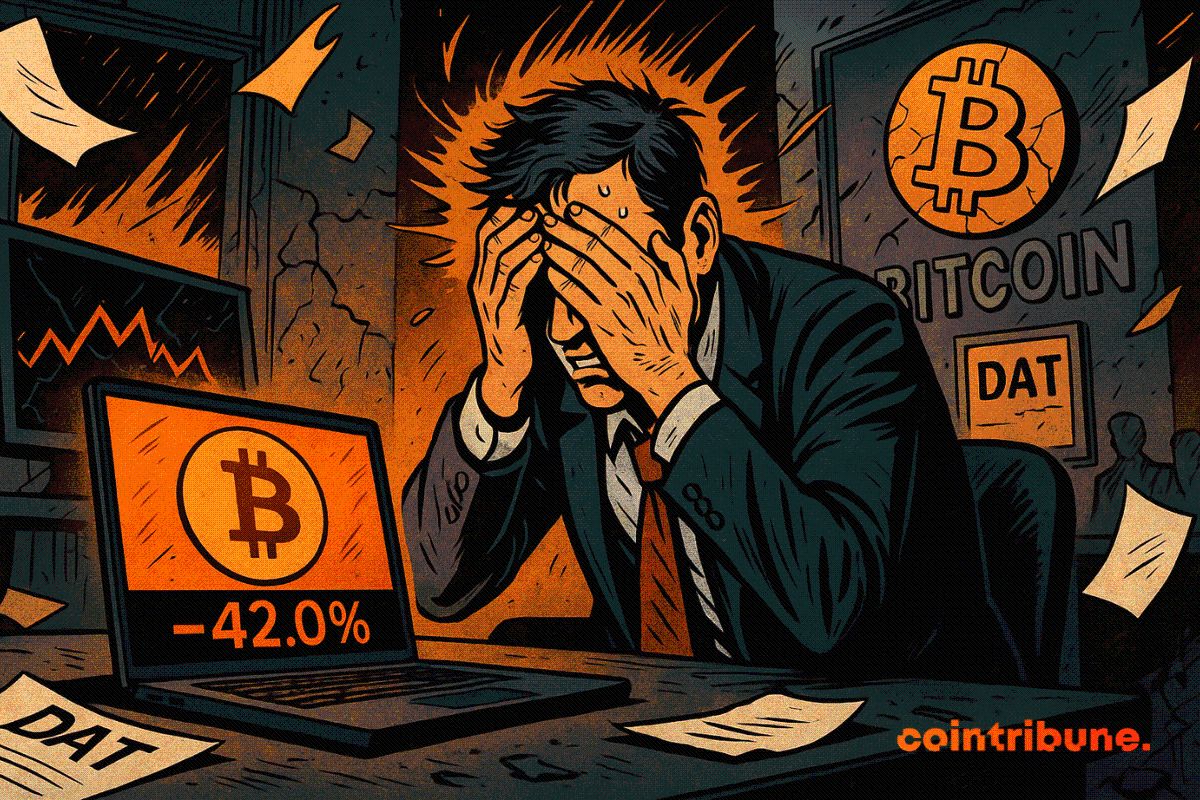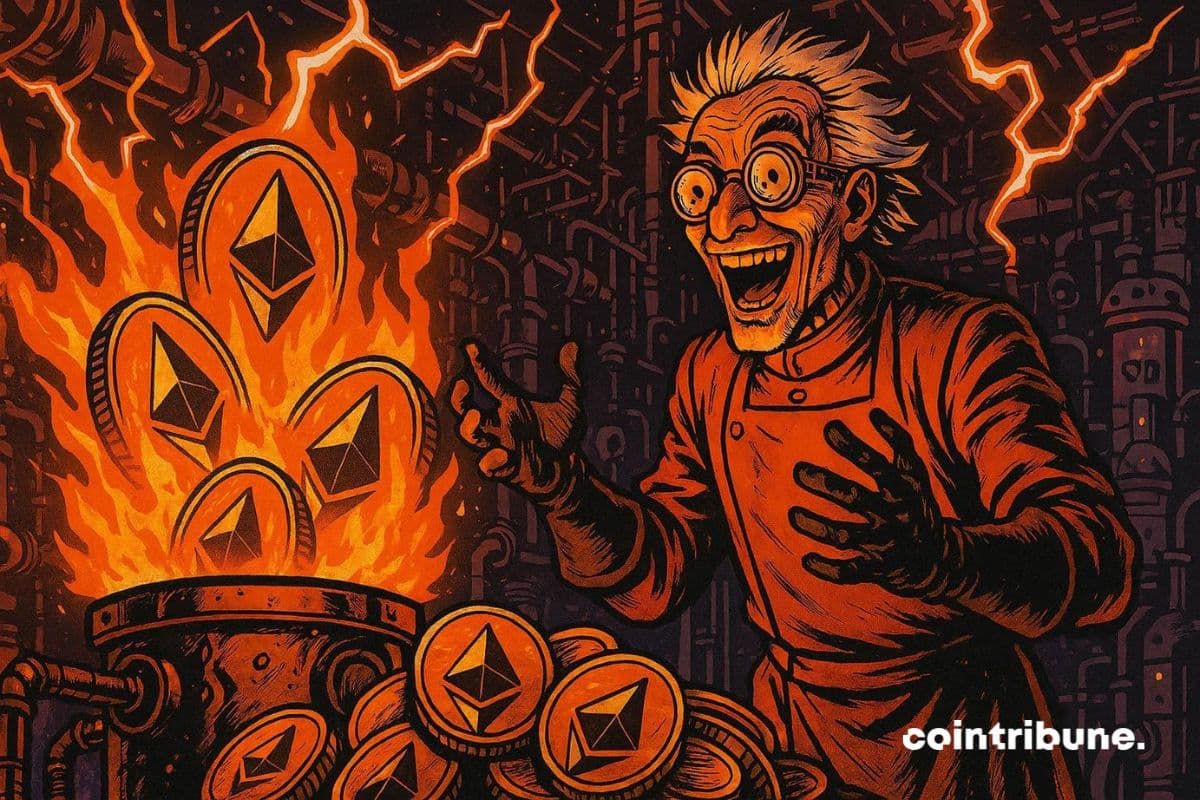Nvidia Defies China Restrictions, But AI’s Future Remains Uncertain
- Nvidia reported a 56% YoY revenue surge to $46.7B in Q2, exceeding forecasts despite China H20 chip restrictions. - China's AI chip self-reliance plans and U.S. export controls threaten long-term market share, though B30A chip approval is pending. - Wall Street remains bullish with 13/14 analysts rating "buy," but warns of AI market sustainability risks and concentration in cloud providers. - The company diversifies into automotive/robotics and approved $60B stock buybacks to mitigate data center depende
Nvidia reported a 56% year-over-year increase in second-quarter revenue, reaching $46.7 billion, despite not including sales of its H20 processors to China. This performance exceeded analyst expectations for revenue of $46.2 billion and adjusted earnings per share (EPS) of $1.01. The company’s adjusted EPS came in at $1.05, significantly higher than the $0.68 it reported in the same period last year. Data center revenue, a key segment for Nvidia , reached $41.1 billion, though it fell slightly short of the $41.3 billion projected by analysts. Gaming revenue, which is Nvidia’s second-largest segment, hit $4.3 billion, outperforming estimates. The stock initially dropped more than 3% in after-hours trading, despite the earnings beat.
The earnings report highlighted the company’s resilience in a complex geopolitical and economic landscape. Approximately 50% of Nvidia’s data center revenue comes from major cloud service providers, such as Meta , Amazon , and Microsoft . However, the company is facing significant headwinds from U.S. export restrictions that have affected its sales in China. In the first quarter of 2025, Nvidia recorded a $4.5 billion charge tied to unsold inventory and purchase commitments related to these restrictions. The Trump administration has since allowed the sale of H20 chips in exchange for a 15% revenue-sharing agreement, but the geopolitical tensions surrounding this arrangement remain unresolved.
China, a historically important market for Nvidia, has introduced its own initiatives to reduce dependency on foreign AI chip technology. Chinese chipmakers are aiming to triple domestic AI chip production by 2026, with Huawei reportedly planning to launch dedicated AI chip manufacturing facilities by the end of 2025. These efforts are part of a broader strategy to develop processors that can rival the performance of Nvidia’s H20 chips. This shift could significantly impact Nvidia’s long-term market share in China, even as the company seeks to introduce a more advanced chip, the B30A, for the Chinese market. However, this move requires U.S. government approval, and the outcome remains uncertain.
Despite these challenges, Wall Street analysts remain bullish on Nvidia’s prospects. Of the 14 analysts surveyed, 13 assigned the stock a “buy” rating, with target prices ranging from $155 to $225. This optimism stems from the continued strong demand for AI-driven computing and the company’s leading position in the global chip market. However, analysts also expressed concerns about the sustainability of the AI boom, with some warning that the market may be experiencing a bubble. The concentration of demand in a few major cloud providers and AI startups raises questions about the long-term stability of Nvidia’s revenue streams.
Nvidia has also taken steps to diversify its business beyond the data center. CEO Jensen Huang has emphasized the company’s work in automotive and robotics, aiming to shift investor focus away from the data center-centric view. This strategic shift could help mitigate risks associated with overreliance on a single market segment. Additionally, the company has approved an additional $60 billion in stock buybacks, signaling confidence in its financial strength and long-term growth potential.
As the company looks ahead, it faces a dual challenge of maintaining its technological edge while navigating the geopolitical and economic uncertainties that come with its China business. The Trump administration’s recent policies, including the 100% tariff on semiconductor shipments into the U.S. unless companies commit to domestic production, further complicate the landscape. For now, Nvidia appears well-positioned to continue its growth trajectory, but the path forward remains uncertain in a rapidly evolving market.
Source:
Disclaimer: The content of this article solely reflects the author's opinion and does not represent the platform in any capacity. This article is not intended to serve as a reference for making investment decisions.
You may also like
Espresso co-founder’s decade in crypto: I wanted to disrupt Wall Street’s flaws, but witnessed a transformation into a casino instead
Everything you've been hoping for may have already arrived; it just looks different from what you expected.

Solana Foundation Steps In as Kamino and Jupiter Lend Dispute Intensifies

Bitcoin Firms Confront the Boomerang Effect of Excessive Leverage

Ethereum Burns $18B, Yet Its Supply Keeps Growing
